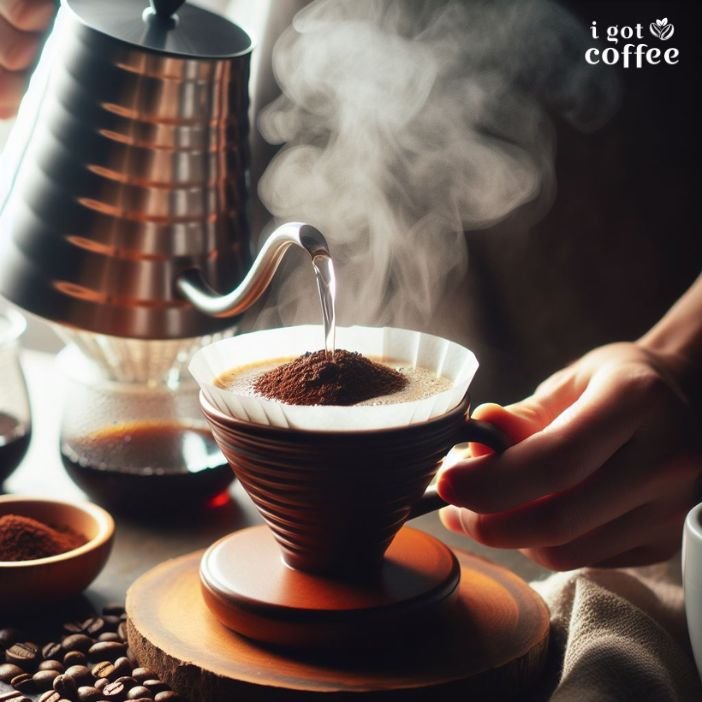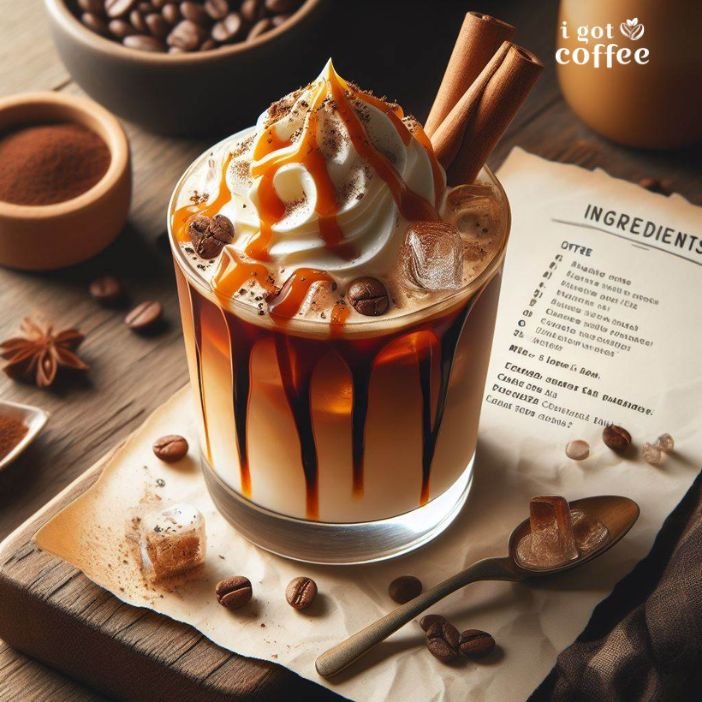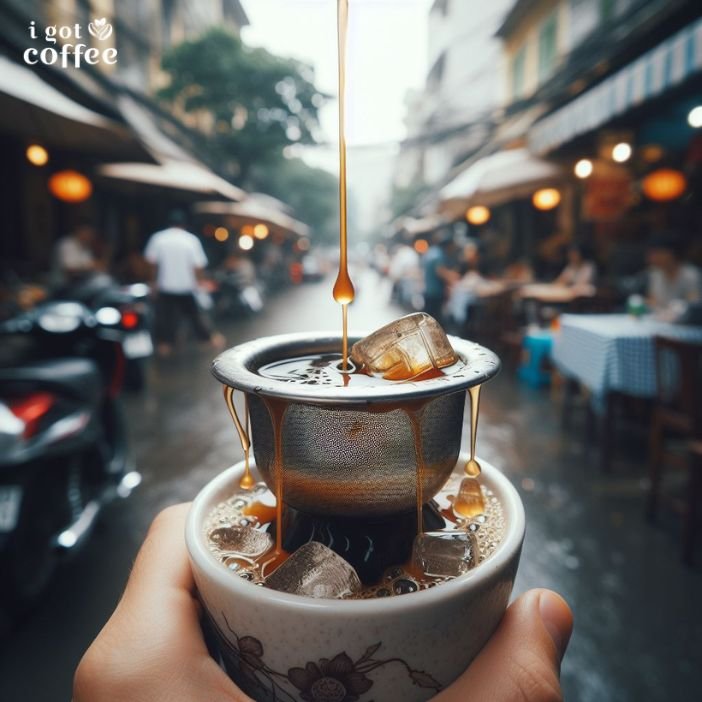What Is Pour-Over Coffee?
Pour-over coffee is a brewing method that has become increasingly popular among coffee enthusiasts in recent years. Unlike other coffee brewing methods, pour-over coffee involves slowly pouring hot water over freshly ground coffee beans, allowing the water to extract the flavor and aroma of the beans. This method of brewing coffee is known for producing a cup of coffee with a unique flavor profile and a smooth, balanced taste. The pour-over method has been around for centuries, but it has recently seen a surge in popularity due to its simplicity and the ability to customize the flavor and strength of the coffee. This method of brewing coffee is also known for producing a cup of coffee with a higher concentration of caffeine than other brewing methods.
The pour-over method has been around for centuries, but it has recently seen a surge in popularity due to its simplicity and the ability to customize the flavor and strength of the coffee. This method of brewing coffee is also known for producing a cup of coffee with a higher concentration of caffeine than other brewing methods.
The Origin and History of Pour-Over Coffee
Pour-over coffee has a long and varied history that dates back to the early days of coffee consumption. The earliest known reference to this brewing method is found in the writings of the Arab scholar Ibn Sina, who wrote about the process of pouring hot water over ground coffee in the 11th century. In the 19th century, the pour-over method of brewing coffee was popularized by the German inventor Melitta Bentz, who developed a paper filter to be used with the method. This paper filter allowed for a more consistent extraction of the coffee’s flavor and aroma, and it quickly became the preferred method of brewing coffee in Europe. In the 20th century, the pour-over method of brewing coffee was further popularized by the Japanese. The Japanese developed a unique pour-over method known as the “Siphon” or “Vacuum” brewing method, which used a vacuum to extract the flavor and aroma of the coffee.How to Make Pour-Over Coffee
Making pour-over coffee is a relatively simple process that can be done with minimal equipment. The basic steps for making pour-over coffee are as follows:- Start by grinding your coffee beans to a medium-fine grind.
- Place your filter in the pour-over brewer and add the ground coffee.
- Slowly pour hot water over the grounds, taking care to evenly saturate all of the grounds.
- Allow the coffee to steep for 4-5 minutes.
- Once the coffee is finished steeping, slowly pour the remaining hot water over the grounds.
- Remove the filter and enjoy your freshly brewed pour-over coffee.
Choosing the Right Beans for Your Pour-Over Coffee
When choosing beans for your pour-over coffee, it’s important to consider the origin of the beans, the roast type, and the flavor profile. Different beans from different origins will have different flavor profiles, and choosing the right beans can make a big difference in the taste of your coffee. When choosing beans for pour-over coffee, it’s best to choose beans that are freshly roasted. The fresher the beans, the better the flavor and aroma of the coffee. It’s also important to consider the origin of the beans, as different origins will have different flavor profiles. For example, beans from Central and South America tend to have a sweeter, nuttier flavor, while beans from Africa tend to have a brighter, more acidic flavor. When it comes to roast type, it’s best to choose a medium roast for pour-over coffee. This roast type will allow for the best extraction of flavor and aroma from the beans. It’s also important to consider the flavor profile of the beans. Different beans will have different flavor notes, such as chocolate, nutty, fruity, and floral. Choosing beans with the right flavor profile can help you create the perfect cup of pour-over coffee.Types and Variations of Pour-Over Coffee
There are many different types and variations of pour-over coffee, each with its own unique flavor profile and brewing method. Some of the most popular types of pour-over coffee include the French Press, the Chemex, the V60, and the Siphon. The French Press is a classic pour-over method that uses a metal filter to extract the flavor and aroma of the coffee. This method is known for producing a cup of coffee with a rich, full-bodied flavor. The Chemex is a pour-over method that uses a paper filter to extract the flavor and aroma of the coffee. This method is known for producing a cup of coffee with a bright, clean flavor. The V60 is a pour-over method that uses a spiral-shaped filter to extract the flavor and aroma of the coffee. This method is known for producing a cup of coffee with a light, delicate flavor. The Siphon is a unique pour-over method that uses a vacuum to extract the flavor and aroma of the coffee. This method is known for producing a cup of coffee with a complex, nuanced flavor.Caffeine Content in Pour-Over Coffee: What You Need to Know
The caffeine content in pour-over coffee can vary depending on the type of beans used, the grind size, and the brewing method. Generally speaking, pour-over coffee is known for having a higher concentration of caffeine than other coffee brewing methods. The caffeine content of pour-over coffee can also be affected by the grind size of the beans. A finer grind size will result in a higher concentration of caffeine, while a coarser grind size will result in a lower concentration of caffeine. The caffeine content of pour-over coffee can also be affected by the brewing method. The French Press and the Siphon methods are known for producing a cup of coffee with a higher concentration of caffeine than other methods.Is Pour-Over Coffee Good for Your Health? Exploring the Benefits
Pour-over coffee has several potential health benefits, including improved mental alertness, increased energy levels, and improved cardiovascular health. Coffee is known for its ability to improve mental alertness and focus, and pour-over coffee is no exception. The caffeine in pour-over coffee can help to improve mental alertness and focus, making it a great choice for those who need a boost of energy and focus. Pour-over coffee is also known for its ability to increase energy levels. The caffeine in pour-over coffee can help to increase energy levels, making it a great choice for those who need a boost of energy. Finally, pour-over coffee has been linked to improved cardiovascular health. Studies have shown that drinking coffee can help to reduce the risk of heart disease, stroke, and other cardiovascular conditions.Pour-Over Coffee vs. French Press: Understanding the Differences
Coffee is an integral part of many cultures around the world, and the methods of brewing it have been perfected over centuries. Pour-over coffee and French press are two of the most popular brewing methods, each offering distinct flavor profiles and health benefits. Understanding the differences between pour-over coffee and French press will help you choose the best brewing method for your needs.- Brewing Methods
- Flavor Characteristics
- Cultural Significance
- Health Benefits
Conclusion
Pour-over coffee is a unique and flavorful brewing method that has been around for centuries. It has recently seen a surge in popularity due to its simplicity and the ability to customize the flavor and strength of the coffee. The pour-over method of brewing coffee is known for producing a cup of coffee with a unique flavor profile and a smooth, balanced taste. It is also known for producing a cup of coffee with a higher concentration of caffeine than other brewing methods. The pour-over method of brewing coffee also has several potential health benefits, including improved mental alertness, increased energy levels, and improved cardiovascular health. For coffee lovers looking for a unique and flavorful cup of coffee, pour-over coffee is a great choice. With its unique flavor profile and potential health benefits, pour-over coffee is sure to please even the most discerning coffee drinkers.Unraveling the World of Coffee

James Hoffmann, a Coffee Science graduate from the University of London, is a notable figure in the coffee world. With experience as a barista, roaster, and consultant, he brings a wealth of knowledge from bean to cup. James’ writing is passionate and insightful, providing readers with valuable and approachable coffee content.






